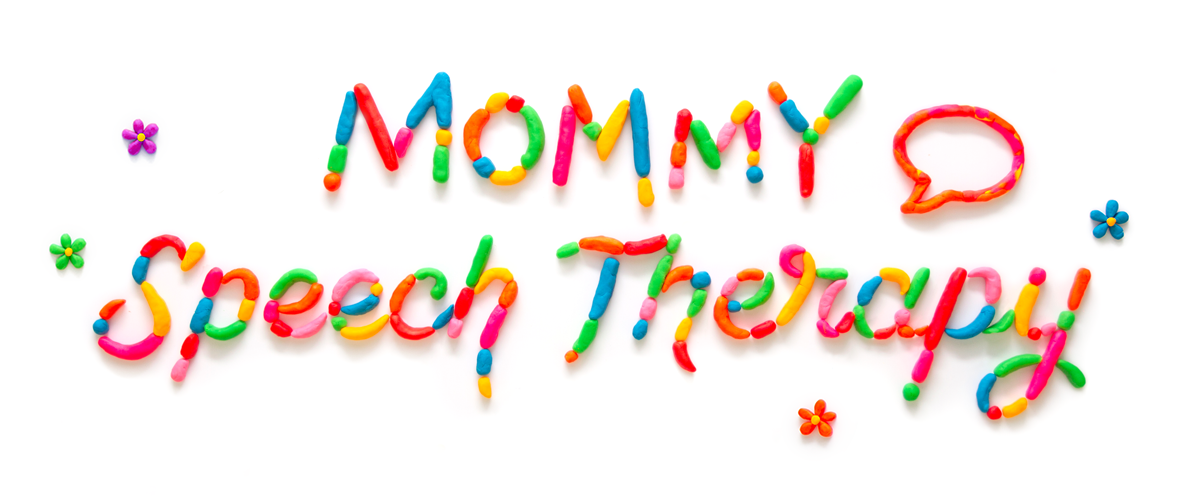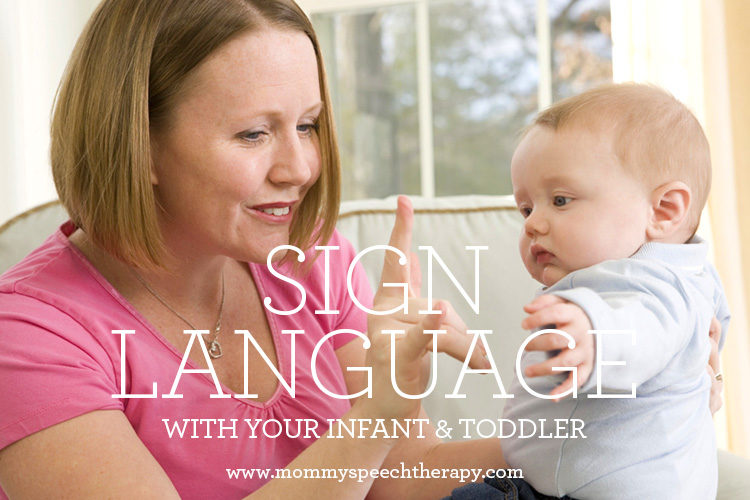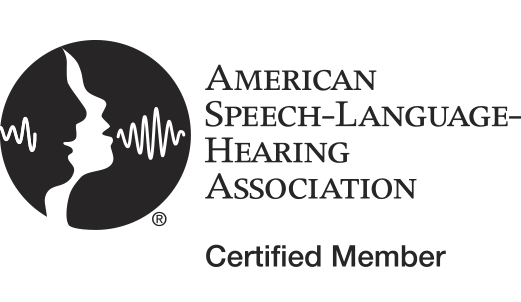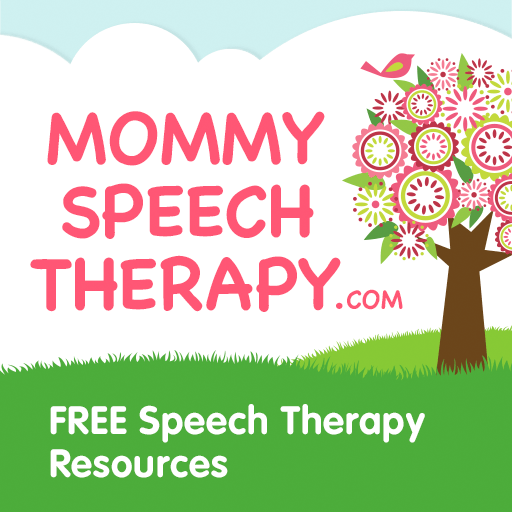For those of you wondering if signing with your infants and toddlers really helps promote language development I am here to tell you it does! Definitely!
Several months ago I had a friend start asking me questions about her two year old that was using very few words. When her daughter tried to communicate that she wanted something she would point and say “uh”. We’ve all seen this approach and unfortunately it still leaves us guessing what the child wants most of the time. I told her to bring her daughter to my house so I could get to know her a little and try a few things. When she came one of the questions I asked my friend was if she had tried signing with her daughter. She responded that she had tried once to teach her thank you but that her daughter didn’t seem to “get it”. In that hour I taught her daughter how to sign “treat,” “cracker,” “more,” “again,” and “please”. It was so fun! Her daughter was primed and ready to begin communicating but needed a little extra help to get started. After seeing how quickly her daughter responded to signs my friend was ready to get started. She purchased the “Signing Time” videos and began learning signs along with her child. A few weeks later she came to me and reported that her daughter was saying some of the words she had learned to sign along with the signs. A few months later she reported that her daughter’s language skills had taken off with the help of signs.
I have had similar experiences again and again. Signing with our children provides a bridge to spoken langauge. It is successful because it first teaches them that communicating is powerful when they receive exactly what they wanted after signing the request. Secondly, it can be acquired earlier than speech because signing is a fine motor skill and speech is a fine, fine motor skill. This means that children develop the fine motor skill necessary to sign before they have developed the fine, fine motor skills necessary for speech. Lastly it provides a visual cue to language for those children who have had multiple ear infections or who just benefit from another form of language stimulation. In my experience all children benefit from both auditory and visual cues.
I have often been asked when to start signing with children. The thing I always tell parents is that as soon as a child waves “bye” they are ready to sign. But for those ambitious moms start as soon as you’d like. It can’t hurt.
The other question I get is how to teach signs to children. The first thing you want to teach your children is that they will not to be rewarded with the object of their desire when they simply point and grunt. You want to help them on their way to communication by giving them a meaningful way to communicate their desires. So, if it is a treat they want and they point and grunt, you as a parent would model the sign for treat. Then take their hands and help them make the sign for treat. Finally you can reward them with a treat. Before you know it, they will be requesting treats first thing in the morning and you will be giving them m&m’s at 7:00 a.m because it is so adorable when they sign that you just can’t resist. I did!

If you want to start signing with your children and you don’t know how, I recommend the Signing Time videos. They are the best teaching tool I have come across for teaching signs to parents and children. I know once you’ve seen them you’ll love them as much as I do!






2 Comments